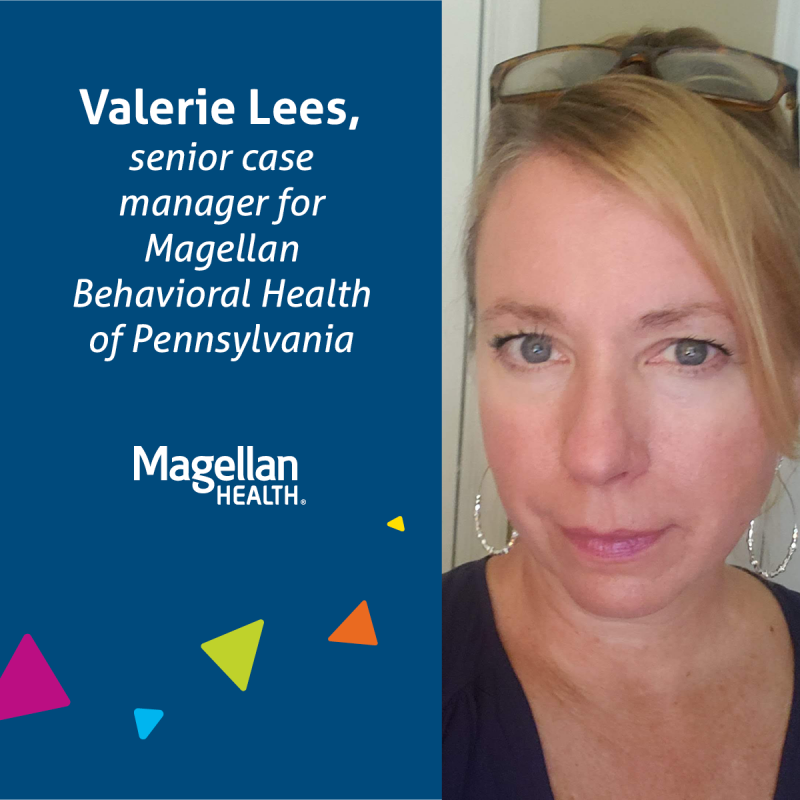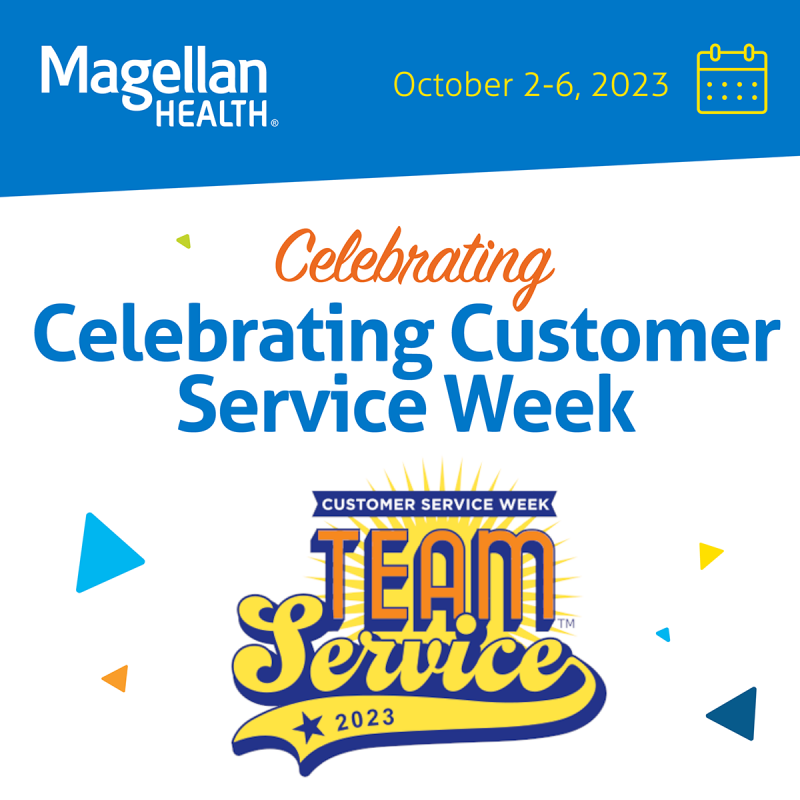Elevating the Employee Assistance Professional: Why Earning Your CEAP is Recommended for Career Growth
For more than 80 years, organizations have turned to employee assistance professionals to support their employees and people leaders dealing with issues that threaten personal wellbeing or hinder workplace productivity. Today’s most trusted expert is the Certified Employee Assistance Professional (CEAP), who is multifaceted and has a sharp focus on the Employee Assistance Program (EAP) core technology to guide their work. Here’s how and why Magellan believes obtaining a CEAP certification can benefit your professional development and help organizations receive top-tier EAP services.
What Makes Employee Assistance Professionals Unique
Fostering employee engagement and wellbeing is associated with a positive workplace culture, helps retain and attract talented employees, and contributes to higher productivity. Employer organizations have long relied on the unique blend of expertise possessed by experienced Employee Assistance (EA) professionals to support and advance their programs. Skilled EA professionals are knowledgeable in organizational culture, mental health, workplace policy, program promotion, and crisis management. They possess the ability to interact with and support all levels of the organization.
On any given day, EA professionals intervene with individual employees and family members in managing life’s challenges; furnishing opportunities for people leader development; conducting program promotion activities; and addressing organizational impacts such as preventing and coping with workplace violence, critical incident support, and crisis management. Unlike other helping professionals who often play a client–advocate role, EA professionals recognize and are bound by the principle of their dual-client relationship and maintain neutrality as well as confidentiality. EA professionals’ distinct expertise and adherence to the dual-client philosophy sets them apart from other types of helping professionals.
The Value of CEAP Certification
The Certified Employee Assistance Professional (CEAP) certification is the only EA professional credential that demonstrates mastery of the concepts and skills required by competent EA professionals. CEAP certification is a recognizable commitment to excellence and demonstrates the EA professional’s unique body of knowledge and alignment with the EAP core technology.
Voluntary certification establishes professional credibility by demonstrating the following:
- Observance of quality and industry standards
- Well-trained in your area of expertise
- Commitment to continuous professional development
- Personal drive and motivation to excel in the Employee Assistance profession
The CEAP certification process provides an evaluation of existing knowledge and skills while concurrently providing professional development. The required knowledge modules cover essential EAP components, updated industry information, exposure to international EAP, policy issues along with relevant legal issues, EAP clinical assessments, marketing, training, supervision, and program management for EAPs.
The CEAP is the gold standard in the field of employee assistance. It is the only credential that confirms proficiency in the concepts and skills required by competent EA professionals, and it is why Magellan Federal seeks to hire professionals with this designation and offer free certification for our staff. We believe that the CEAP empowers our professionals to provide exceptional EAP services to the government, our ultimate goal.
How to Become a CEAP
There are multiple pathways to becoming a CEAP, depending on your education and work experience. Many CEAPs are masters-level counselors, but there are other roles in the EA profession that do not require a counseling degree. For example, account executives, program managers, human resource professionals, and union stewards benefit from CEAP certification in their roles. All candidates seeking initial certification should visit the Employee Assistance Professional Association (EAPA) website for more information.

